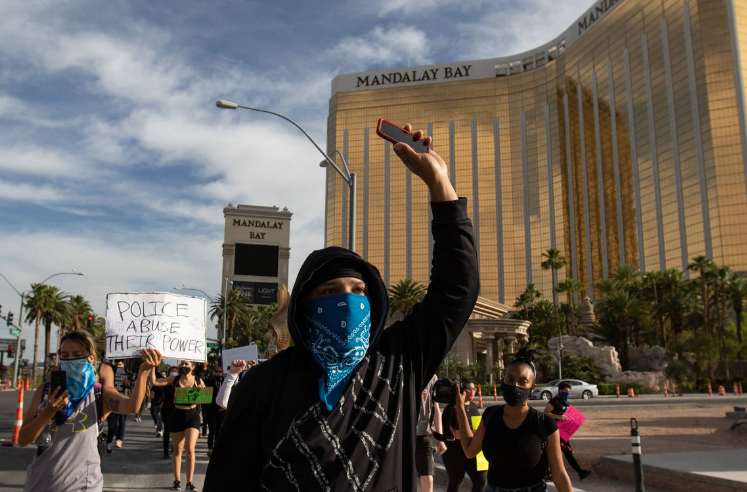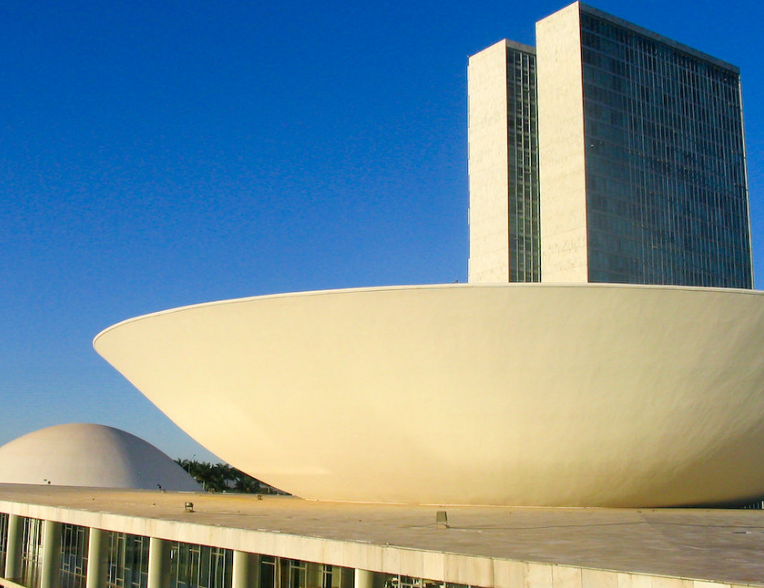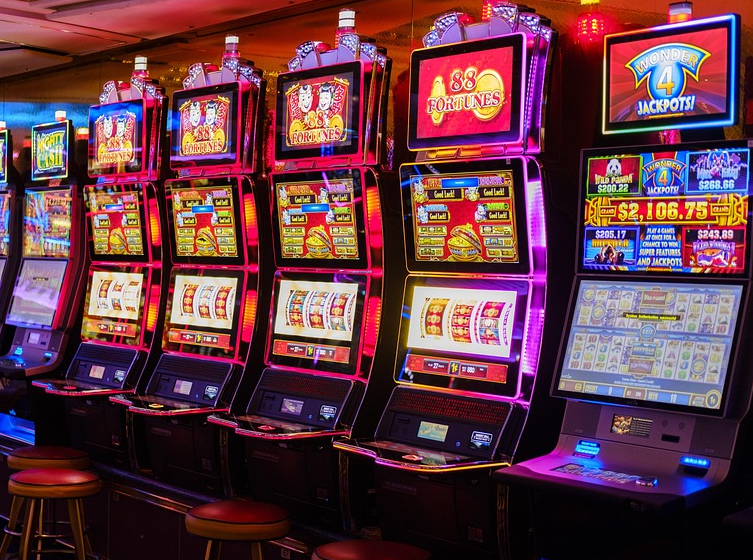Ainsworth Game Technology just made a big move by naming Randi Ingram its new Senior Vice President of Sales and Service for North America. This key hire comes as the company eyes stronger growth in a competitive gaming market. What does her vast experience mean for Ainsworth’s future? Read on to find out.
Ainsworth Game Technology announced on December 5, 2025, that it has appointed Randi Ingram to lead its sales and service efforts across North America. Based in Australia, the company is a major player in gaming machines and software, and this role puts Ingram at the helm of driving sales, customer service, and engagement in a vital region.
Ingram brings over 30 years of hands-on experience in the gaming world. She steps into this position amid Ainsworth’s push to expand its footprint, especially after reporting a 25 percent revenue jump to A$152.1 million for the first half of 2025, driven largely by North American growth, according to the company’s financial updates.
This isn’t just a routine hire. Ingram will focus on building stronger ties with customers and boosting product performance in casinos and gaming spots. Ryan Comstock, Ainsworth’s Acting Chief Executive Officer, said in a statement, “We are thrilled to welcome Randi to the Ainsworth team and look forward to her contributions. Her proven track record, industry insight, and strong relationships will be an immense asset.”
The timing feels spot on. Ainsworth, founded in 1995 by Len Ainsworth, has built a reputation for innovative gaming products. With North America as a hotspot for casino expansion, Ingram’s role could help the company grab more market share against rivals.
Ingram’s Impressive Track Record
Randi Ingram isn’t new to high-stakes gaming roles. Her career spans both supplier and operator sides, giving her a well-rounded view of what makes the industry tick.
Most recently, she worked as Senior Director of Sales and Strategic Accounts at IGT, a giant in the gaming tech space. There, she handled big client relationships and sparked major growth in key areas. Before that, Ingram held leadership spots at Aristocrat and Everi, where she led sales teams and developed hit product lines that raked in profits.
On the operator front, she shaped slot strategies at Caesars Entertainment Corporation. This experience taught her about player habits, market shifts, and what casinos really need from suppliers. It’s this blend of perspectives that sets her apart.
Ingram’s journey shows a pattern of success. For instance, at Everi, she helped launch products that boosted revenue streams. Her work at Aristocrat involved overseeing sales pushes that expanded market reach. These wins highlight why Ainsworth picked her for this job.
What stands out is her ability to connect with people in the industry. Colleagues often praise her for building lasting partnerships, which could translate to better deals and loyalty for Ainsworth.

How This Fits Ainsworth’s Strategy
Ainsworth has been shaking things up lately. In July 2025, the company realigned its sales, marketing, and product teams with new leaders like Chris Calitri, aiming to become a top supplier. Ingram’s hire builds on that momentum, focusing on North America where demand for advanced gaming tech is soaring.
The gaming industry in North America is booming. A 2024 report from the American Gaming Association showed casino revenues hitting $66.5 billion, up from previous years, with slots and electronic games leading the charge. Ainsworth wants a bigger slice of that pie, and Ingram’s expertise could help.
Here’s what her role might involve:
- Strengthening sales pipelines to place more Ainsworth machines in casinos.
- Improving service teams to keep customers happy and reduce downtime.
- Using data on player trends to tailor products that boost engagement.
This strategic move comes as Ainsworth celebrates its 30th anniversary at events like the Global Gaming Expo in September 2025, where it unveiled new cutting-edge products. With Ingram on board, the company could accelerate innovation and compete harder against firms like IGT and Aristocrat, where she once worked.
Industry watchers see this as a smart play. North America’s gaming market is evolving with more states legalizing betting, creating fresh opportunities. Ainsworth’s revenue growth earlier this year underscores the potential – that 25 percent increase was fueled by strong U.S. and Canadian sales.
Challenges and Opportunities Ahead
No hire is without hurdles. The gaming sector faces tight regulations, supply chain issues, and fierce competition. Ingram will need to navigate these while pushing Ainsworth’s agenda.
For example, recent supply disruptions in tech components have hit manufacturers hard. A 2025 study by Deloitte noted that 40 percent of gaming firms reported delays, affecting product rollouts. Ingram’s operator background might help her spot ways to streamline operations and cut risks.
On the flip side, opportunities abound. With her network, she could open doors to new partnerships. Think about how Caesars’ insights might inform Ainsworth’s designs, making games more appealing to players.
Ainsworth isn’t standing still. Its LinkedIn profile boasts over 16,000 followers and highlights a commitment to quality and innovation. Ingram’s addition fits this ethos, potentially leading to more tailored services that keep clients coming back.
One key area: customer engagement. In a digital age, gamers expect seamless experiences. Ingram could drive initiatives that blend tech with personal touch, like data-driven service plans.
This appointment signals confidence. As Ainsworth eyes global expansion, strengthening North America could set the stage for broader wins.
This hire by Ainsworth Game Technology marks a fresh chapter in its quest to dominate the gaming landscape, blending seasoned leadership with bold ambitions. Randi Ingram’s deep roots in the industry promise to fuel growth and innovation, potentially reshaping how the company connects with customers and competes. It’s a reminder that in fast-paced markets, the right people can make all the difference.








